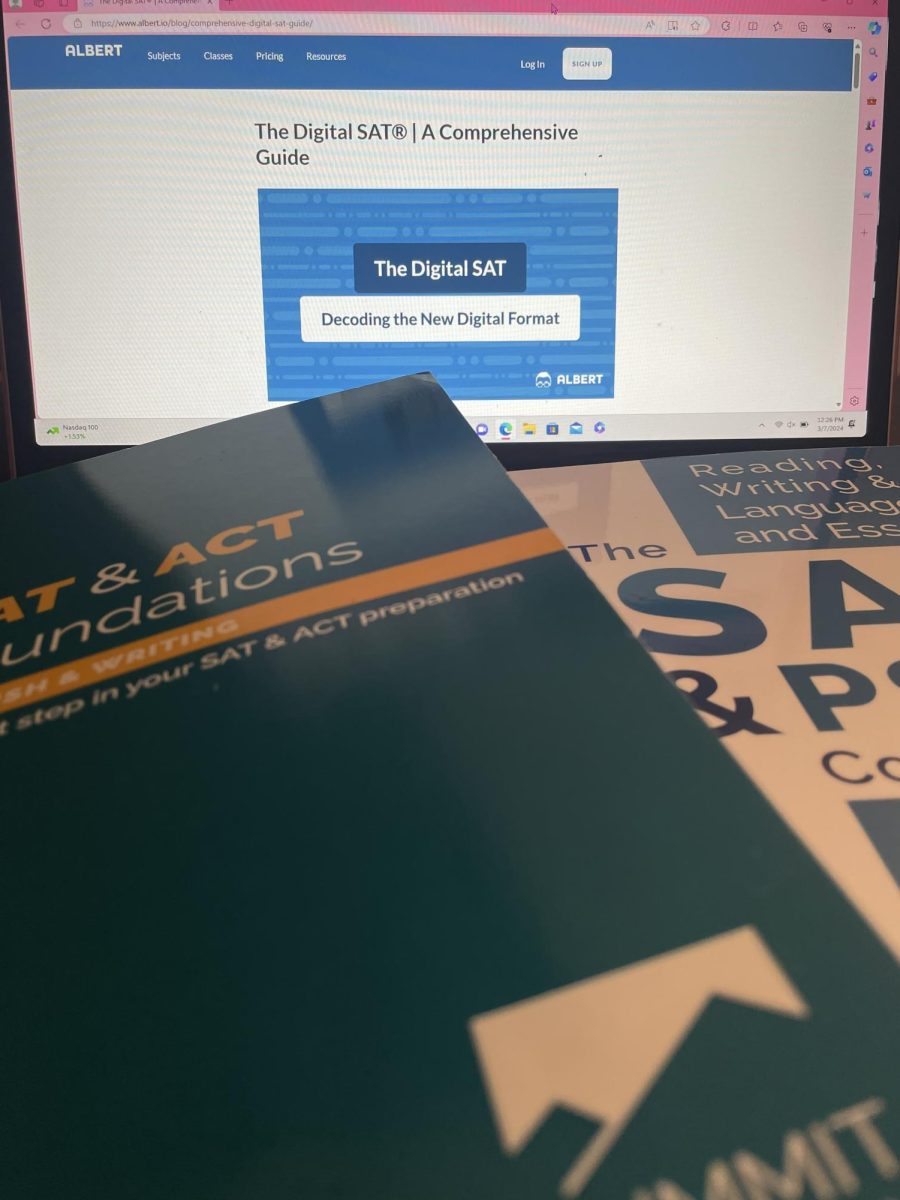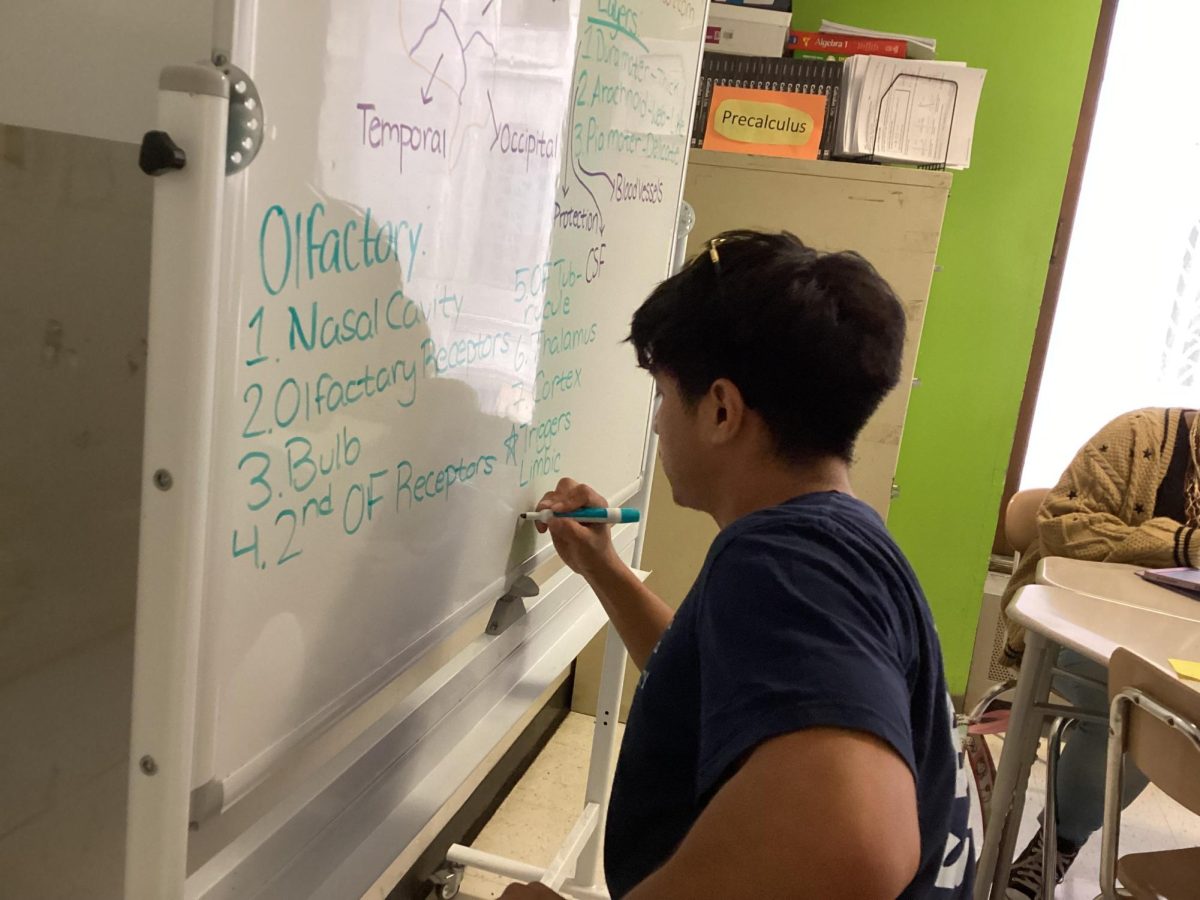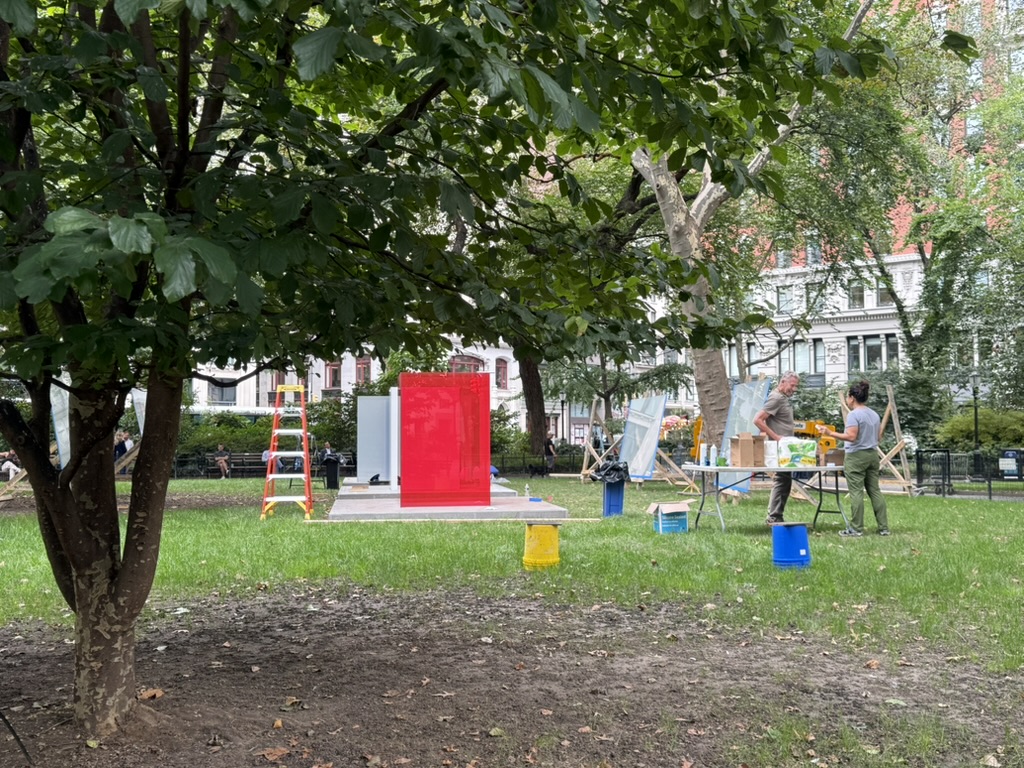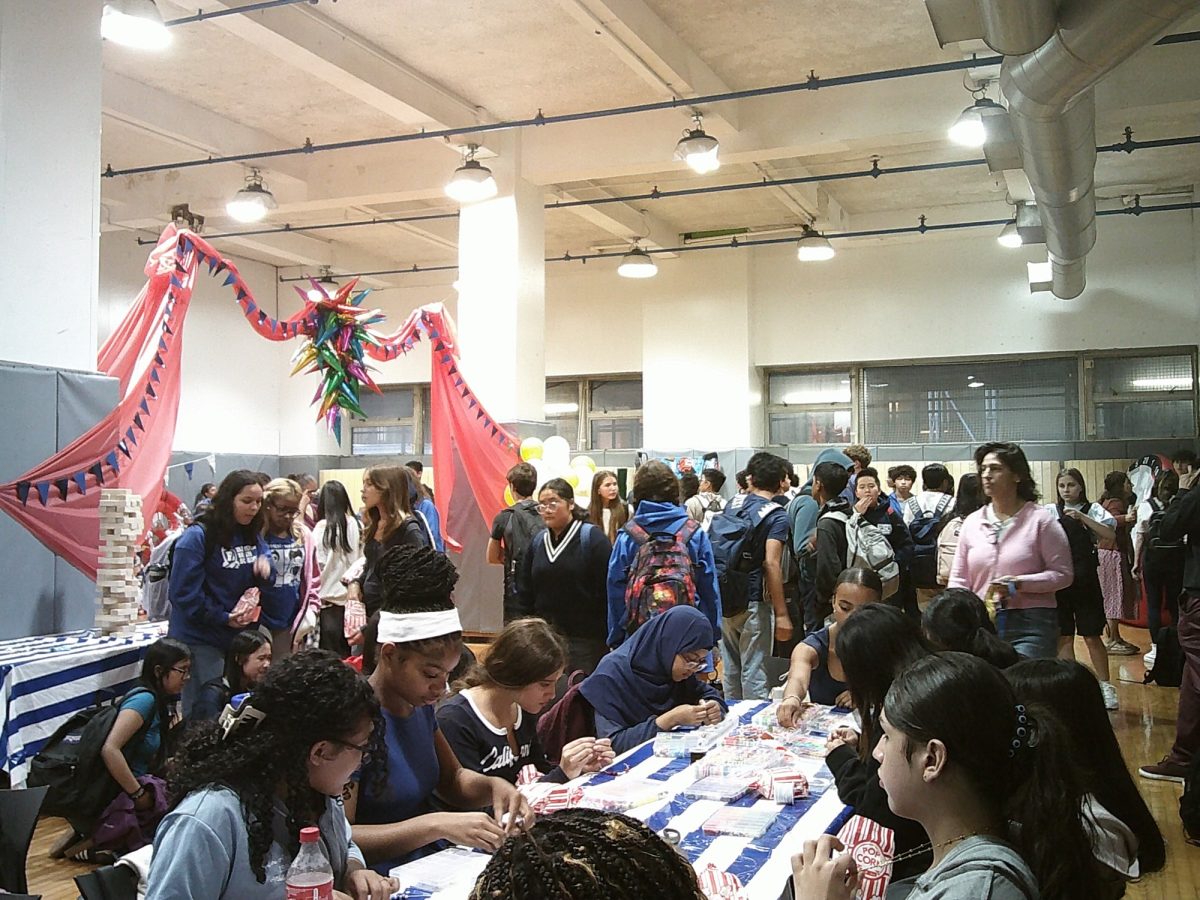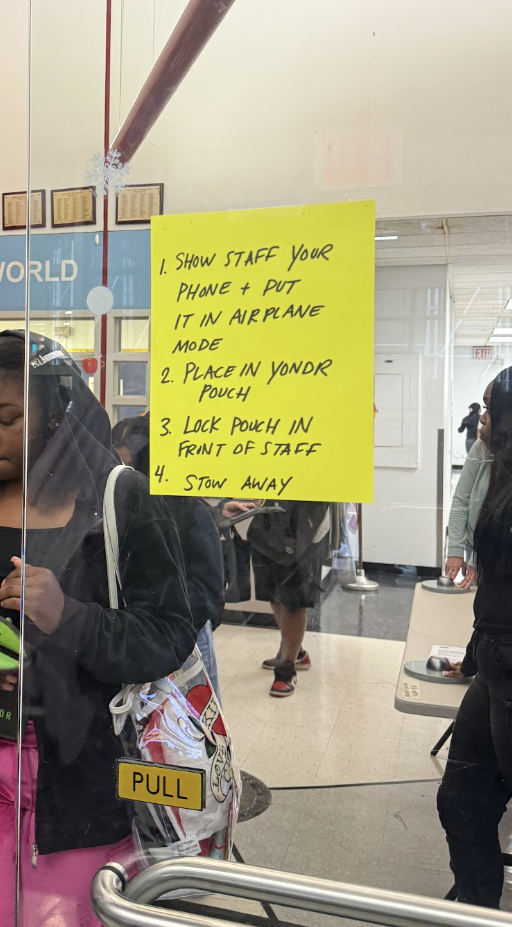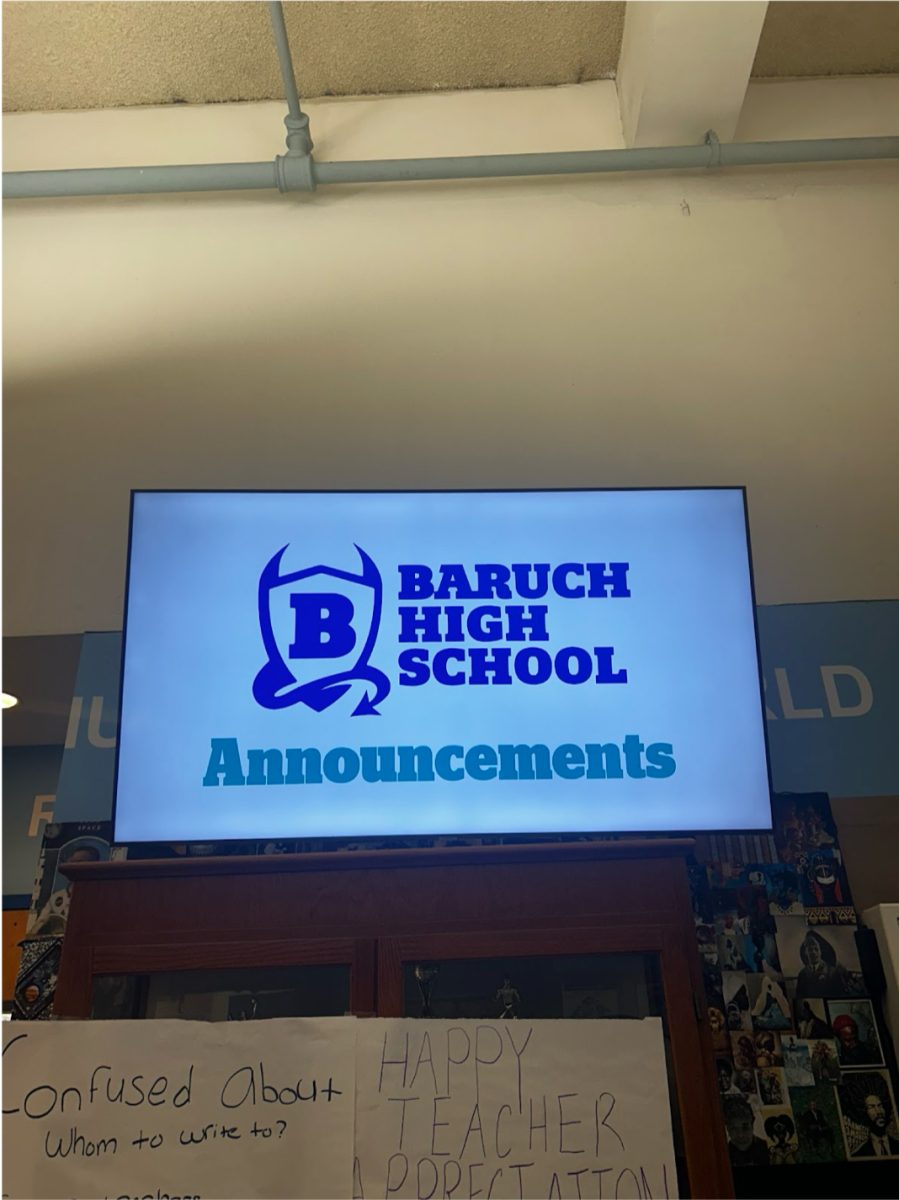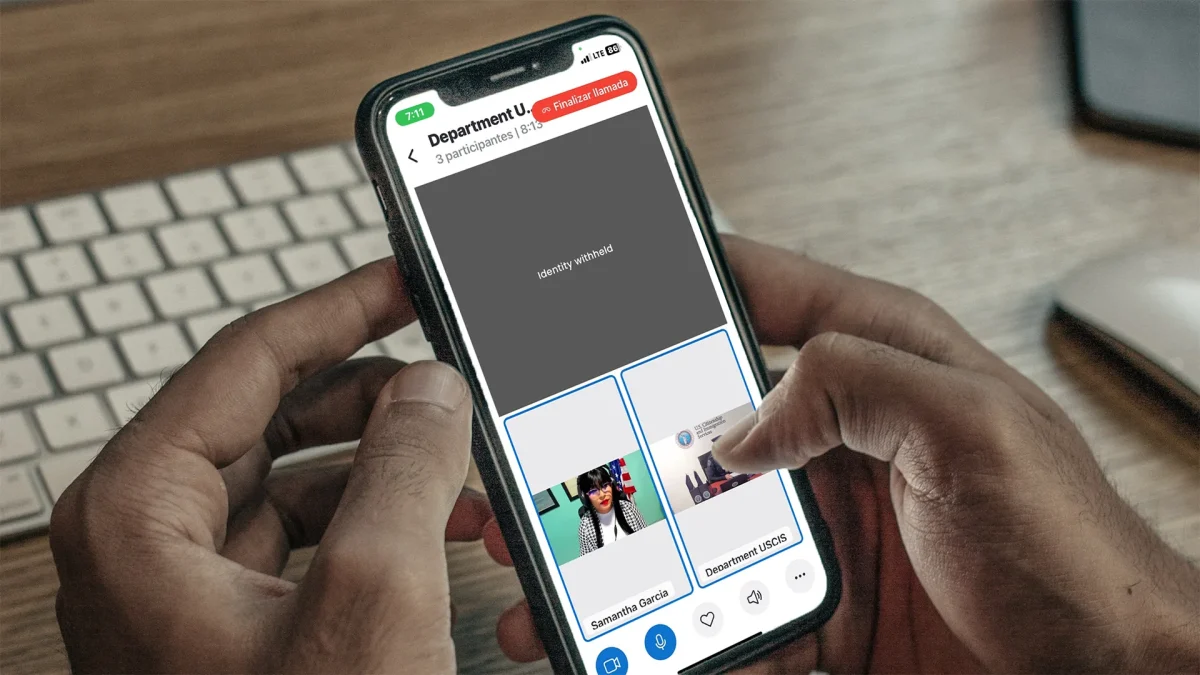In room 517, a group of students get together twice a week to tackle sample questions with English teachers Rita Ross and Zachary Davis. The problems cover algebra, grammar, reading comprehension and more. Students answer the questions online or on worksheets in the quiet atmosphere.
As the spring semester starts, many students start to focus more on test prep.
For juniors, the SAT is what they are mostly honing in on. However, a major transition has been made: the SAT is going digital. And with the juniors having taken the PSAT on paper, many of them don’t know how to feel about this and what to do.
With the transition, the exam will now be two hours and 14 minutes, will only have 98 questions and a calculator can be used throughout the whole math section. The previous on-paper SAT was three hours long, 154 questions and students were not allowed to use a calculator on the last part of the math section.
Some students like the idea that there are fewer questions on the digital SAT and the fact they can now use calculators for all math problems.
“It’s less questions so I feel that would probably mean less anxiety,” said junior Bianca Alarcon-Rivera.
Other students feel that although there are improvements to the digital SAT, aspects such as timing might be an issue. Junior Catherine Zhang has taken the new version and feels this way.
“I’m pretty good with time management and I almost ran out of time for the math sections because the questions just got so hard,” she said. “I remember after the test I went on Reddit just to see what they were talking about. Everybody found that test really hard because the math was crazy like if you were gonna actually try to solve it, you needed way more time than they were giving you.”
Junior Melinda Lee also thinks the fact there is less time can be problematic, especially for the writing portion.
Zhang also thinks there is another flaw with the new version – the fact there are less questions.
“Say if you get like the same amount wrong that you would on the paper SAT with the digital, your score is like 10 times lower because of it,” she said.
These students also feel that taking tests digitally is not exactly ideal.
“I don’t like taking tests on like a laptop or an iPad,” Alarcon-Rivera said. Lee was standing with Rivera and agreed with this statement. “Staring at a screen makes me feel uneasy because I get distracted,” she said.
Studies have shown reading on screens does not improve but lowers reading comprehension skills. This is because children who engage more in screen time than reading print have less activity in brain regions associated with reading.
However, there is also concern amongst students about how they are going to study.
“My mom tries to make me do these online ones but they don’t work for me because they give me so little questions, it’s like, ‘Oh yeah, you get four of these questions right then you’re good to go for this unit,’ but it’s like, what if I actually get a harder one and then it won’t help,” she said.
There has been a recent effort to help juniors prepare for this transition, though. An SAT Prep course–taught by English teachers Rita Ross and Zachary Davis– is currently available to selected juniors to help them prepare for the exam. Self-studying students also have support from their teachers and guidance counselors who can help get resources.
“Imma be real honest, I don’t study outside of school, so once the email sent out for the SAT prep in school I decided to take that opportunity to try to get that help cause I know I’m not gonna study on my own,” Lee said.


